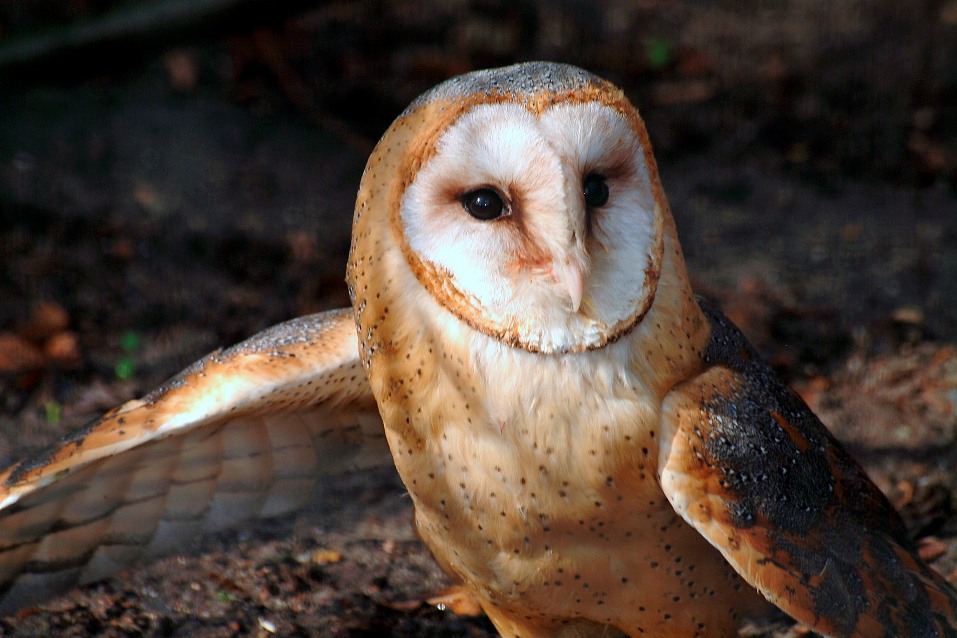| Citation |
BirdLife International 2016. Tyto alba. The IUCN Red List of Threatened Species 2016: e.T22688504A86854321. http://dx.doi.org/10.2305/IUCN.UK.2016-3.RLTS.T22688504A86854321.en. Downloaded on 22 November 2019. |
Description |
JUSTIFICATION
This species has an extremely large range, and hence does not approach the thresholds for Vulnerable under the range size criterion (Extent of Occurrence <20,000 km2 combined with a declining or fluctuating range size, habitat extent/quality, or population size and a small number of locations or severe fragmentation). The population trend appears to be stable, and hence the species does not approach the thresholds for Vulnerable under the population trend criterion (>30% decline over ten years or three generations). The population size is extremely large, and hence does not approach the thresholds for Vulnerable under the population size criterion (<10,000 mature individuals with a continuing decline estimated to be >10% in ten years or three generations, or with a specified population structure). For these reasons the species is evaluated as Least Concern.
HABITAT AND ECOLOGY
This species is found in a great variety of habitats. It mainly occurs in open but not treeless, lowlands, with some trees, including farmland with hedges, ditches, ponds and banks, roadside verges and related rougher terrain, and young conifer plantations, it is also around towns, suburbs, villages or more isolated buildings suitable for daytime roosts and nest-sites and sometimes near refuse dumps. In lower latitudes it is also found in semi-arid and some arid regions with xerophytic vegetation, dwarf shrub and herb communities, deciduous or mixed eucalypt woodland, Acacia savanna, thornbush, heathland, open marshes, mudflats, oil palm (Elaeis guineensis) plantations, irrigation areas, rice paddies and cane fields, and cliffs and rocky coasts in some regions, notably on continental offshore islands. Some island races are found in forest and on small tropical islands the species is found in all available habitats (Bruce et al. 2014). The species is mostly sedentary, with post-breeding dispersal of juveniles (Bruce et al. 2014).
THREATS
Within the speciess northern range, the causes of decline include loss and fragmentation of grassland foraging habitat, intensification of agricultural practices, urbanization, and road development which is also linked to road mortalities. It also suffers from severe winters. Increased mechanization of farmland in its northern range has meant the loss of important foraging sites, such as stockyards and stables, and the loss of abandoned farm buildings suitable for nest-sites. Organochlorine pesticides in the 1950s and 1960s and rodenticides in the 1970s and 1980s had disastrous effects on many owl populations in Europe, particularly north-west Europe, parts of North America and north-east Australia (Bruce et al. 2014).
CONSERVATION ACTIONS
Conservation Actions Underway
Nest boxes are used as part of local conservation efforts in Europe. Conservation measures have also included protection and re-establishment of rough-grassland habitat mosaics, providing prey-rich foraging areas, and controls over use of second-generation anticoagulant rodenticides. Reintroduction schemes in some areas have had mixed success, as well as conflicting with wild populations (Bruce et al. 2014).
Conservation Actions Proposed
Work should continue on the protection and re-establishment of rough grasslands, particularly alongside watercourses, field margins and woodland edge in order to help reduce habitat fragmentation and provide a network of prey-rich foraging grounds. The provision of nest boxes around these habitats is also important. The use of rodenticides should be controlled. Reintroduction projects need to be implemented with care and awareness of the potential dangers of introducing poor and incorrect genetic stock (Tucker and Heath 1994). |

